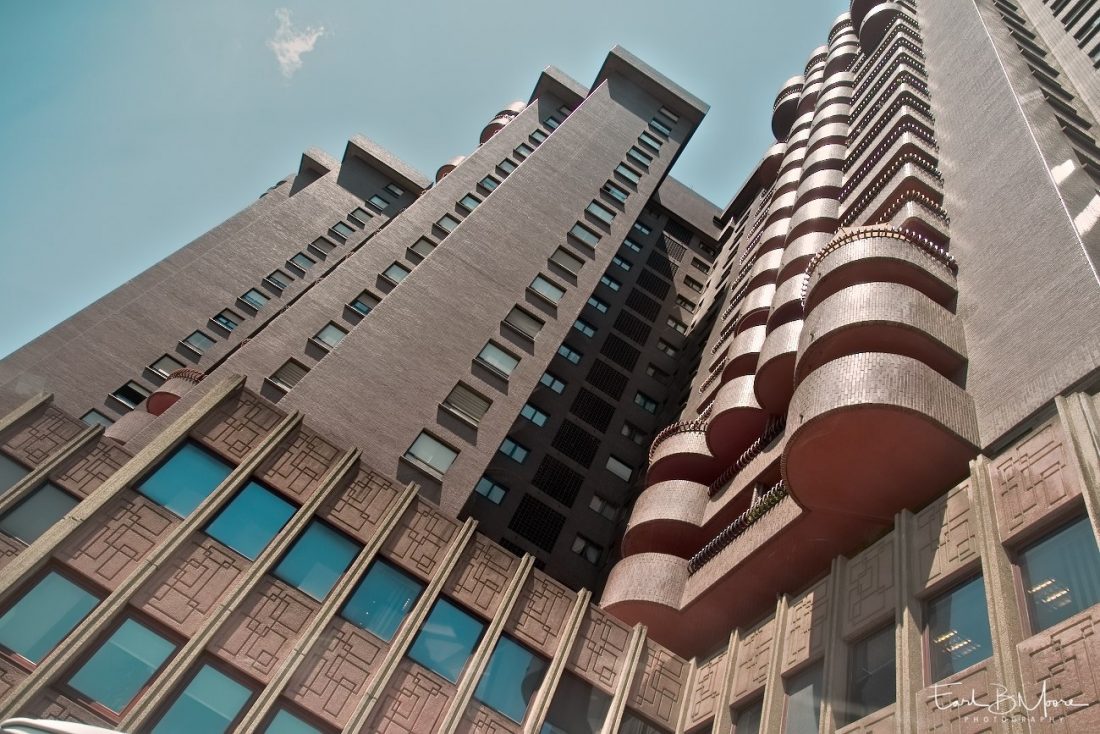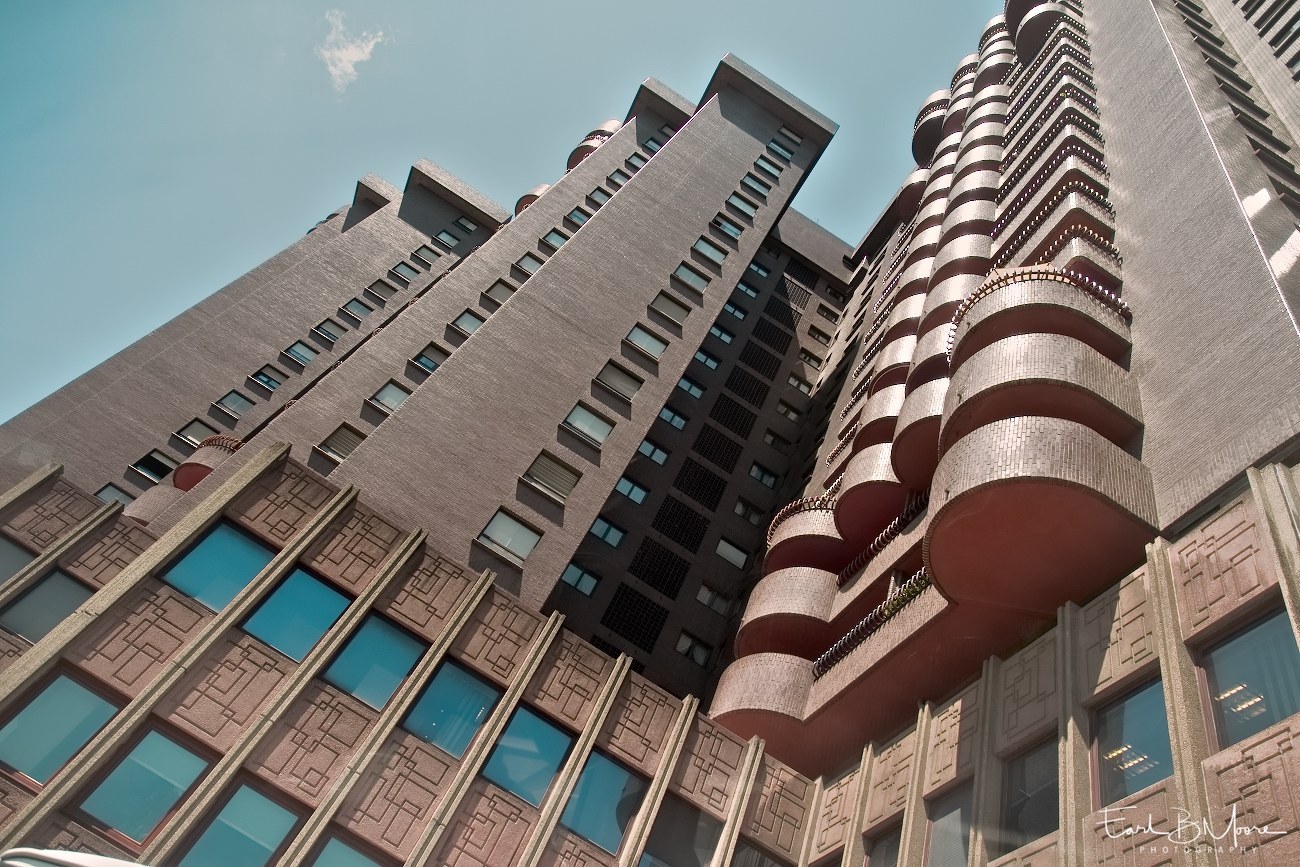“Architecture is a visual art, and the buildings speak for themselves.” ~ Julia Morgan
Julia Morgan (1872 – 1957) was an American architect. She designed more than 700 buildings in California during a long and prolific career. She is best known for her work on Hearst Castle in San Simeon, California. Morgan was the first woman to be admitted to the architecture program at l’École nationale supérieure des Beaux-Arts in Paris and the first woman architect licensed in California. She designed many buildings for institutions serving women and girls, including YWCA buildings and buildings for Mills College. Wikipedia

I remember a time after high-school when I strongly considered going into architecture as a career. However, electronics and computers were on the horizon promising a long-term and perhaps more financially rewarding career. So I “took the money.”
I don’t regret that decision but there’s still a part of me which loves architecture not so much for the technical reasons but because of its ability to connect with people on much deeper emotional levels. For example:
“When the great architect Philip Johnson first visited the Guggenheim Museum in Bilbao, designed by Frank Gehry, he started to cry. “Architecture is not about words. It’s about tears,” Johnson reportedly said. Something about the museum’s majestic curves moved him at an emotional level. Many others must get a similar feeling because the building is usually ranked among the most important in modern times.” – FastCompany
My first reaction when I saw the Guggenheim in Bilbao was a feeling of joy and I’m sure my face reflected that and also a sense of amazement. I’ve done some post with photos of it, the most recent one being here. In the same article from “FastCompany” above it talks about the relationship of sharp lines and curves in architecture and how most people “prefer curves because they signal lack of threat.” There are also studies which have shown that “Curvature appears to affect our feelings, which in turn could drive our preference.”
Still all curves for a building may not be successful. People don’t only look at a structure/building but they use it for a purpose so you have to combine functionality with technical specifications and artistic vision or else it will not achieve popularity, successful or fulfill its designed purpose. I admire the architect who can accomplish functional design and a pleasing artistic impression which fits within and enhances its environment. When viewing such a structure that satisfies all these requirements I have moments I think of my choice long ago. Maybe my next life? 
Discover more from Meandering Passage
Subscribe to get the latest posts sent to your email.


I always thought there must be a great sense of satisfaction and accomplishment for an architect to see a building they designed come into reality. With all the computer model mockups I have seen about some revitalized areas in Detroit, it seems that line between architect and computer are more blurred now. Some really amazing mockups. Makes me wonder how many of the 3D models are done these days. Of course, they could probably 3D print the whole thing now.
Have to say this building is interesting for sure. My initial, uneducated impression was a mix of confusion between the lower and upper half. Almost as if one architect came in and added on top of another’s! :-) I suppose there is some further in-depth meaning like you mentioned, or some nod to historical structures here that escapes me.
Mark, I believe you’re so right about a sense of satisfaction and accomplishment and I would hope newer technologies have in many cases replaced the time-consuming process of manually creating a model especially as changes are needed.
It’s been a few years but if I remember correctly this building was a multipurpose building with office/business spaces on the bottom floors and apartments or condos on the upper floors. I believe that explains why the two different styles — defining different functionality.
This arrangement of living space over commercial space was common and this building was one of the newer version in Bilbao. Perhaps not the best example but still an example of functionality and design using multiple styles and components.
I have never desired to be an architect but like you, I have had an interest in architecture for a long time. We have these multi-function buildings here in Brisbane. I always thought they would make for a great commute for anyone who lived and worked in these buildings. Though I wonder how many people that would actually be.
My favourite building is the Sydney Opera House. I never tire of seeing it and each time it takes my breath away. It’s a building that almost wasn’t due to its complexity and the simple fact that it was completed at all in spite of all the difficulties, makes it even more awe-inspiring.
I’ve never seen it in person but I’d have to agree from photos and videos the Sydney Opera House is one of the most beautiful and amazing structures I know of. Maybe I’ll confirm that opinion in person one day…forever hopeful! ;-)
I can imagine living above your work would have certain advantages and disadvantages. It might be ideal for strong introverts if the business section also included a market for food as well as office space. LOL
I am firmly of the opinion that a lot of architecture is ‘visual art’. Glass has replaced Brick as a cladding material. The consequence is that glass-clad buildings inter-relate with their neighbours. Their facades are canvases on which reflections are painted – sometimes moderately accurate, more often surreal or cubist. I love walking round London, looking at windows and seeing the bizarre interpretations of the properties opposite. Today I’ve posted the latest image from a walk in the centre of London.
Andy, maybe all architecture is ‘visual art’ but like any other art form, it’s not all appealing. I’m probably a hazard in cities because I look up at the building so much. However, in an effort for safety, I try to stop walking first. :-) I love the reflective quantities of city buildings among urban “canyons.” Thanks!